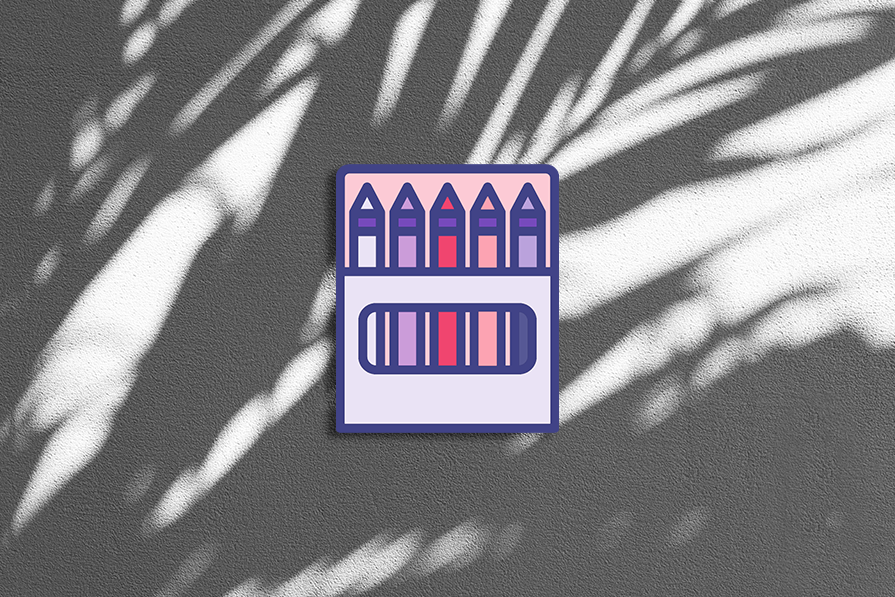Logrocket
1M
4

Image Credit: Logrocket
Shadows in UI design: Tips and best practices
- Shadows in UI design help elevate the overall look and feel by adding depth and visual hierarchy, making the interface more realistic and intuitive.
- They serve more than just decorative purposes, aiding in establishing visual hierarchy, conveying depth, and enhancing user interactions.
- Types of shadows in UI design include drop shadows, which create the illusion of elements lifting off the background, and inner shadows, placed inside an element's borders.
- Designing good shadows depends on the context and goal of the design, with softer shadows often preferred for a polished appearance.
- Basic principles for using shadows effectively include opting for subtle shadows, maintaining consistency, matching shadow color to the background, and using shadows to signal interactivity.
- Common mistakes to avoid when using shadows in UI design include overusing shadows, ignoring surface context, and skipping hierarchy based on component importance.
- In Figma, drop shadows can be controlled through properties like X and Y axes, blur, and spread, with adjustments necessary based on the surface color for a realistic shadow effect.
- Advanced techniques for shadows involve layering multiple shadows for more detailed effects and utilizing Figma plugins like Beautiful Shadows for efficient shadow creation.
- Effectively applying shadows in UI design contributes to creating a more appealing and intuitive interface by enhancing visual elements, depth, and hierarchy.
Read Full Article
Like
For uninterrupted reading, download the app